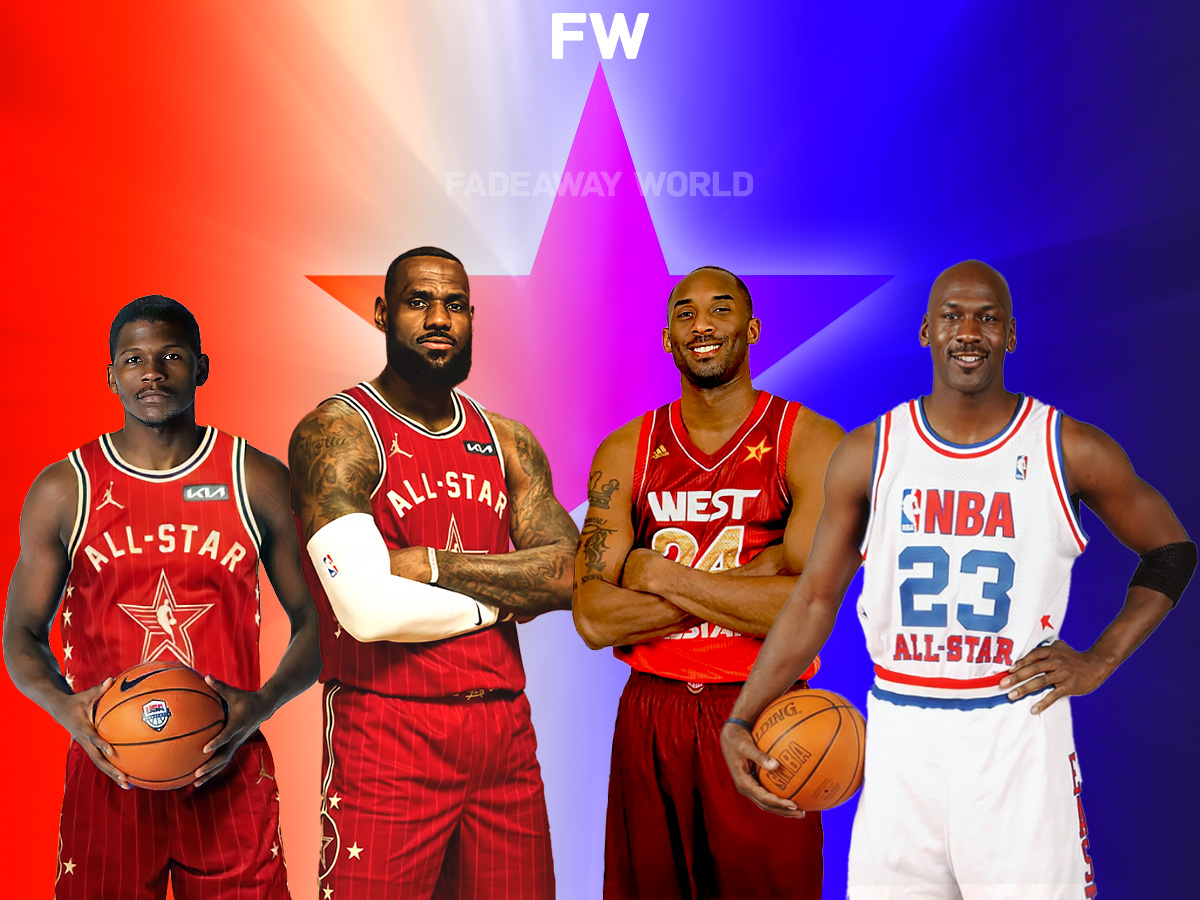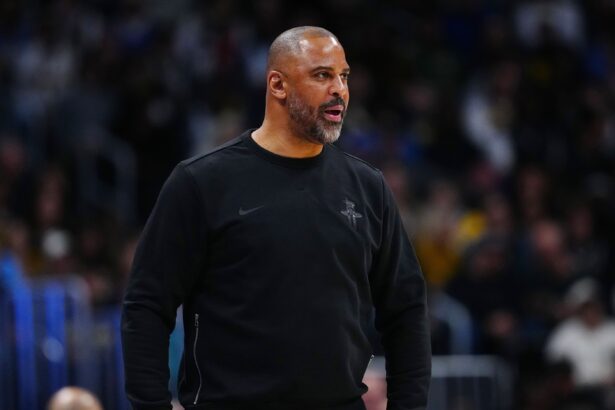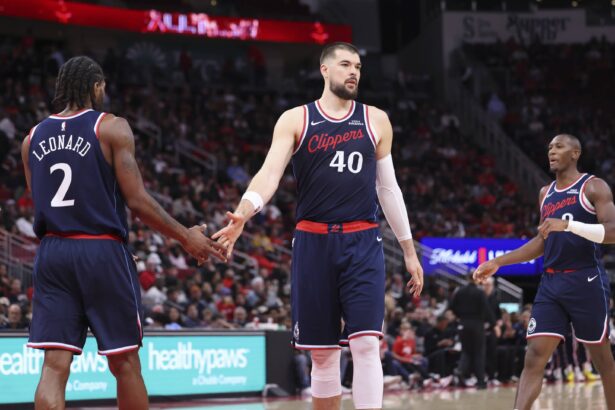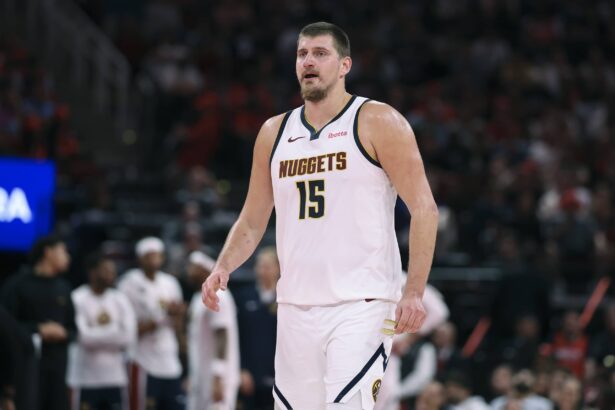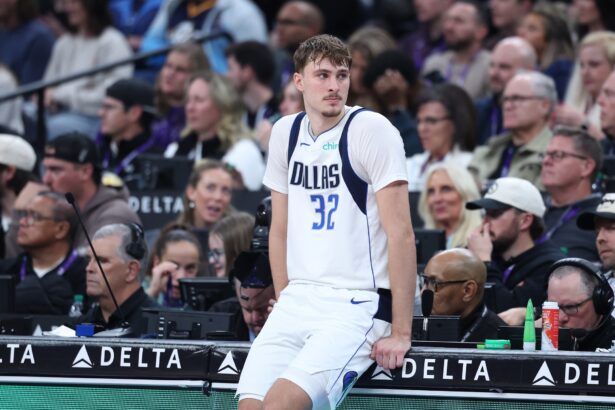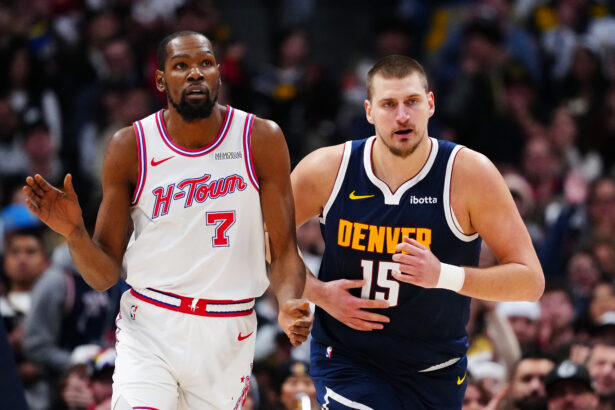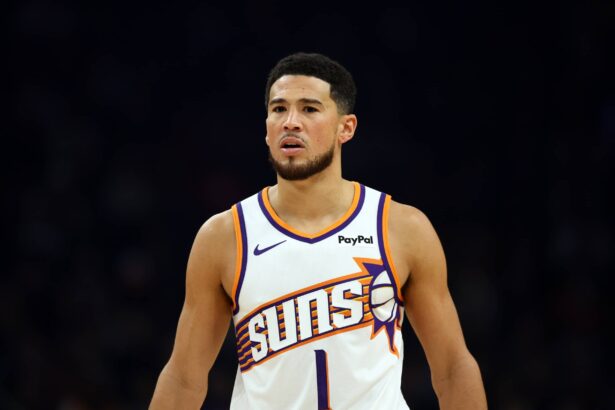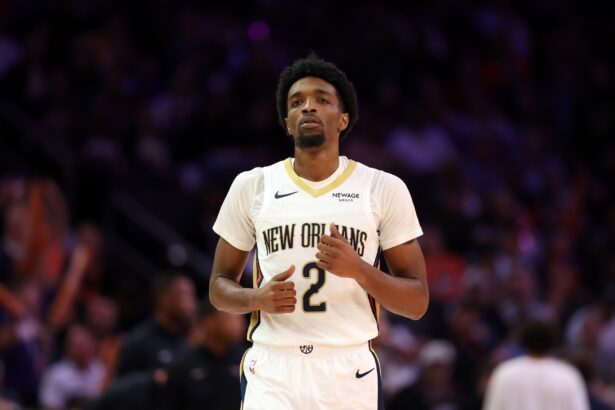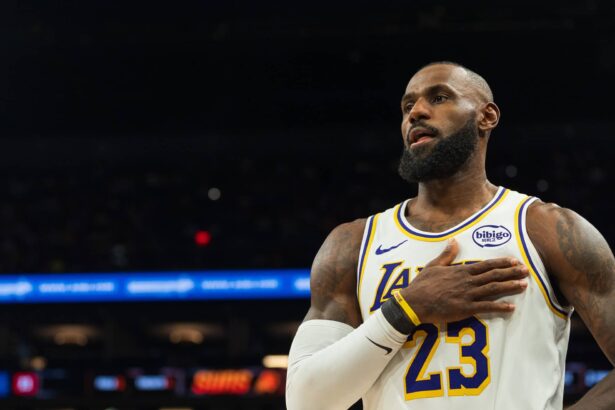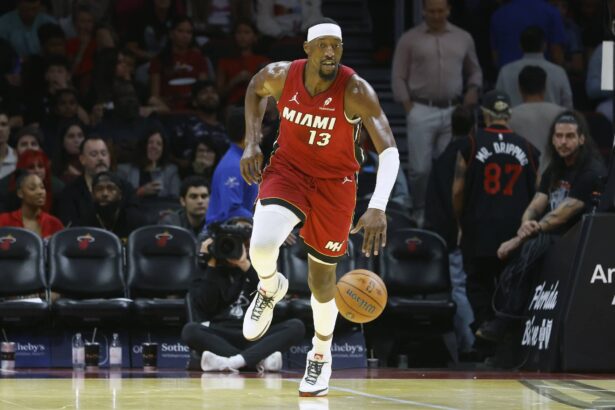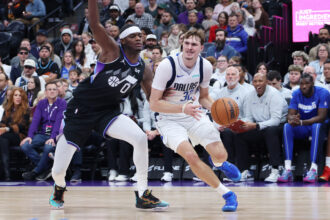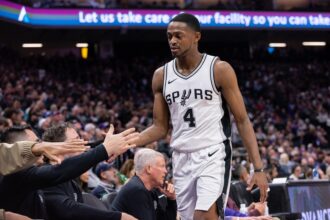The evolution of the NBA All-Star Game, as reflected in the number of total fouls committed, paints a vivid picture of how the game has shifted over the years, moving away from competitiveness and seriousness toward a more lighthearted exhibition.
https://www.instagram.com/p/p:C3hBrzcBkZL
In 1993, a staggering 62 fouls were committed, indicative of the intense physicality and competitive spirit characterizing the era. By 2003, the number of fouls decreased to 37, signaling a slight shift towards a more relaxed style of play. In 2013, only 24 fouls were recorded, reflecting a further decline in the game’s intensity.
The trend continued in 2023 with just 7 fouls, showcasing the diminishing emphasis on defense and physicality. Finally, in 2024, a mere 3 fouls were called, highlighting the All-Star Game’s transformation into a showcase of offensive prowess rather than defensive prowess, as the game finished 211-186, to the favor of the East.
This decline in fouls reflects a broader trend in the All-Star Game’s evolution, highlighting a departure from the serious, competitive nature of the past toward a more relaxed, entertainment-focused event. As the game has become increasingly high-scoring, with records shattered year after year, the emphasis on defense has diminished, leading to fewer fouls and less physicality on the court.
The decline in fouls also underscores a shift in players’ attitudes toward the All-Star Game. In the past, players approached the game with a level of seriousness befitting their status as the league’s elite competitors. However, in recent years, there has been a growing recognition among players that the All-Star Game is more about entertainment and spectacle than intense competition.
This shift in mindset is reflected in the lack of defensive effort and the reluctance to risk injury, as players prioritize their health and longevity over winning at all costs. As a result, the All-Star Game has become more about flashy dunks, highlight-reel plays, and record-breaking scoring performances than gritty defense and hard-fought battles.
While the decline in fouls may be seen as a sign of the All-Star Game’s diminishing competitiveness, it also reflects the changing dynamics of the NBA and its growing emphasis on entertainment and spectacle. As the game continues to evolve, fans can expect the All-Star Game to remain a showcase of the league’s top talent, albeit with less emphasis on traditional notions of competition and seriousness.
NBA All-Star Game Viewership Is Also Declining
The NBA All-Star Game, once a pinnacle of basketball entertainment, is facing a concerning trend of declining viewership. From its peak in 2003 with 10.8 million viewers during Michael Jordan’s last appearance, the viewership has steadily dwindled over the years. In 2023, it plummeted to a mere 4.6 million viewers, marking a significant decrease in interest and engagement. This downward trajectory in viewership is indicative of larger issues plaguing the event and the NBA as a whole.
https://www.instagram.com/p/p:C3fXn6esuB1
Looking at the viewership numbers over the years provides a stark illustration of this decline. In the early 2000s, the All-Star Game regularly attracted over 7 million viewers, with occasional spikes reaching over 9 million. However, as the years progressed, the numbers began to decline steadily. Despite brief fluctuations, such as in 2011 when viewership briefly surged to 9.1 million, the overall trend has been downward.
The primary factor contributing to the decline in NBA All-Star Game viewership is the perceived lack of competitive spirit among players. Unlike regular-season games or playoff matchups where teams compete fiercely for victories, the All-Star Game often lacks intensity and urgency. Players, accustomed to competing for their respective teams, approach the All-Star Game with a more relaxed mindset, focusing more on entertainment and showcasing individual skills rather than winning.
This lack of competitiveness diminishes the appeal of the game for many viewers. Fans are drawn to sports by the thrill of competition, the drama of close contests, and the excitement of seeing athletes give their all to emerge victorious. When the All-Star Game fails to deliver on these fronts, viewers may feel disengaged and less inclined to tune in.
The absence of a competitive edge in the All-Star Game is evident in the on-court dynamics. Defense is often lax, with minimal effort to contest shots or disrupt opponents’ plays. Players may forego traditional strategies in favor of flashy plays and highlight-reel dunks, further reinforcing the perception that winning is secondary to entertainment.
This lack of competitive spirit is not lost on fans, who increasingly seek more engaging and meaningful sporting experiences. As viewership declines, the NBA faces pressure to address these concerns and revitalize interest in the All-Star Game. Implementing changes to promote competitiveness, such as introducing incentives for the winning team or altering the format to encourage more competitive play, could help reinvigorate the event and attract viewers back to the game.
Ultimately, the success of the NBA All-Star Game hinges on the willingness of players to embrace the spirit of competition and deliver an exciting, compelling showcase of basketball talent. By prioritizing competitiveness and engaging fans with high-stakes matchups, the NBA can work to reverse the trend of declining viewership and reaffirm the All-Star Game’s status as a premier event in the basketball calendar.
“Thank you for being a valued reader of Fadeaway World. If you liked this article, please consider following us on Google News. We really appreciate your support.”

